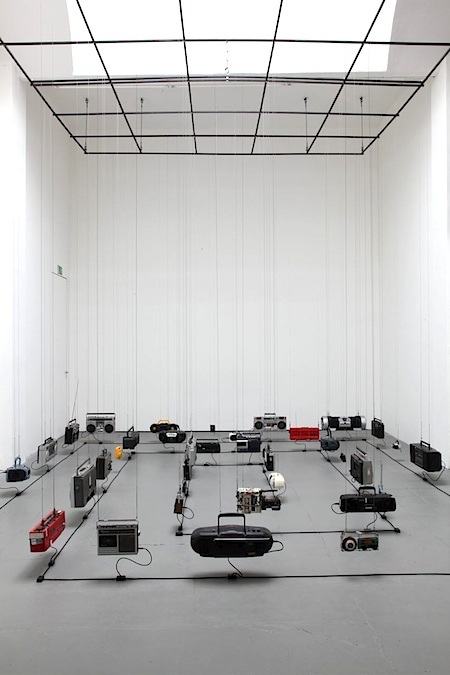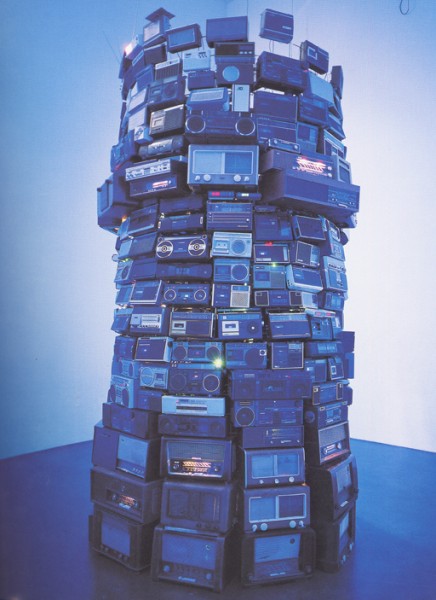
TZUSOO
SCHRÖDINGER’S BABY
Schrödinger’s Baby(2019/20), TZUSOO alludes to the popular thought experiment devised by Austrian physicist Erwin Schrödinger in 1935. Schrödinger proposed a scenario in which a cat is locked in a box with an unstable radioactive atom that could potentially begin to emit radiation and release a toxic gas. However, there is no way to say with certainty when or indeed whether this will happen without opening the box. The result is a paradox, with Schrödinger asserting that the cat enters a state of superposition that makes it impossible to say whether it is alive or dead.The South Korean artist translates this famous paradox into the reality of her own life, creating a digital baby in virtual space. Based on her inner grappling with potential motherhood, TZUSOO bought the digital model of a developing embryo, refining it according to her own ideas. She is free to determine the sex, skin colour and other characteristics or to dispense with all specifications so as to avoid stereotyping. In Schrödinger’s Baby, TZUSOO thus discuss core aspects of her work including reflection on gender and origin for which she also draws on her personal experience as a South Korean artist in Europe.

